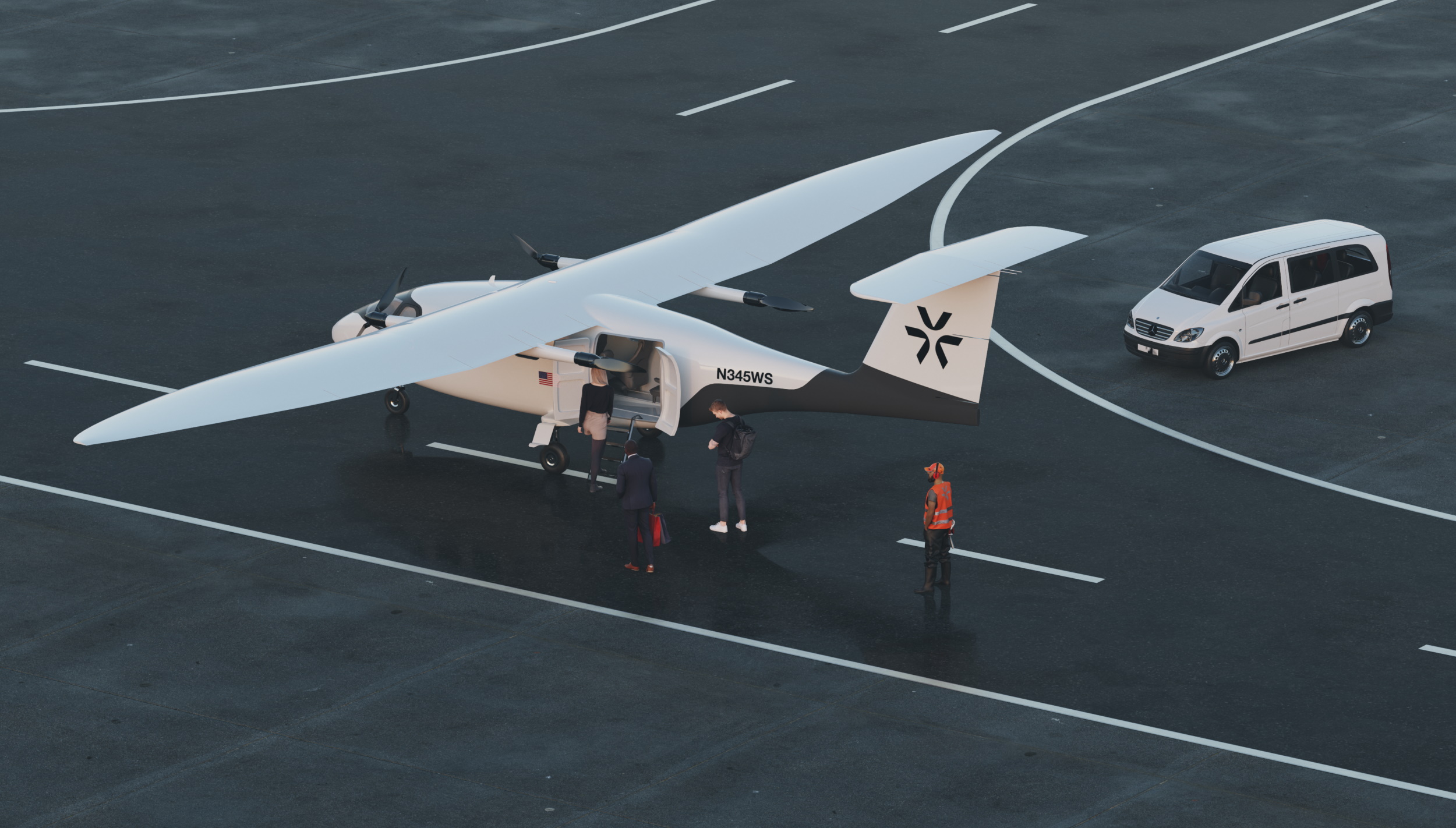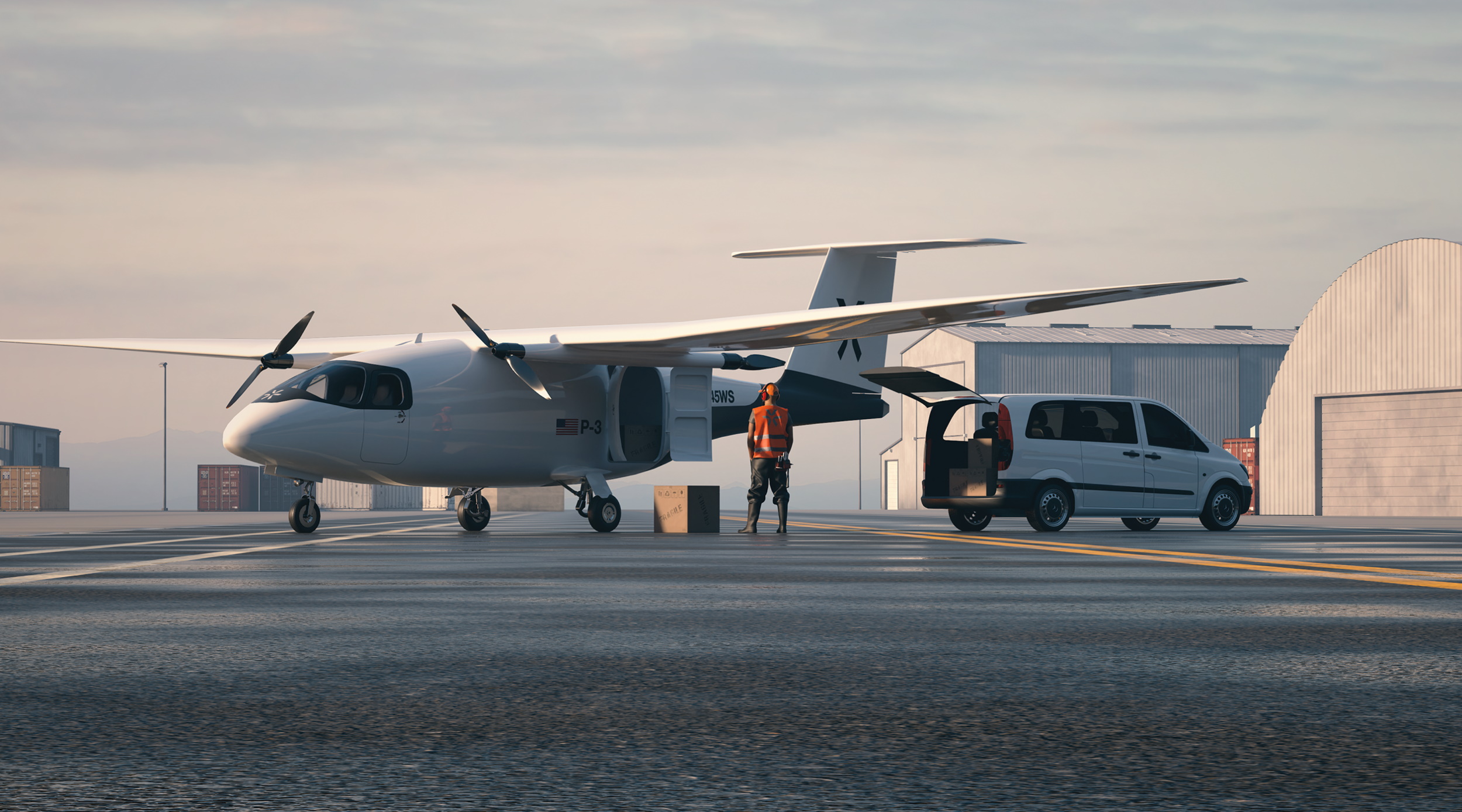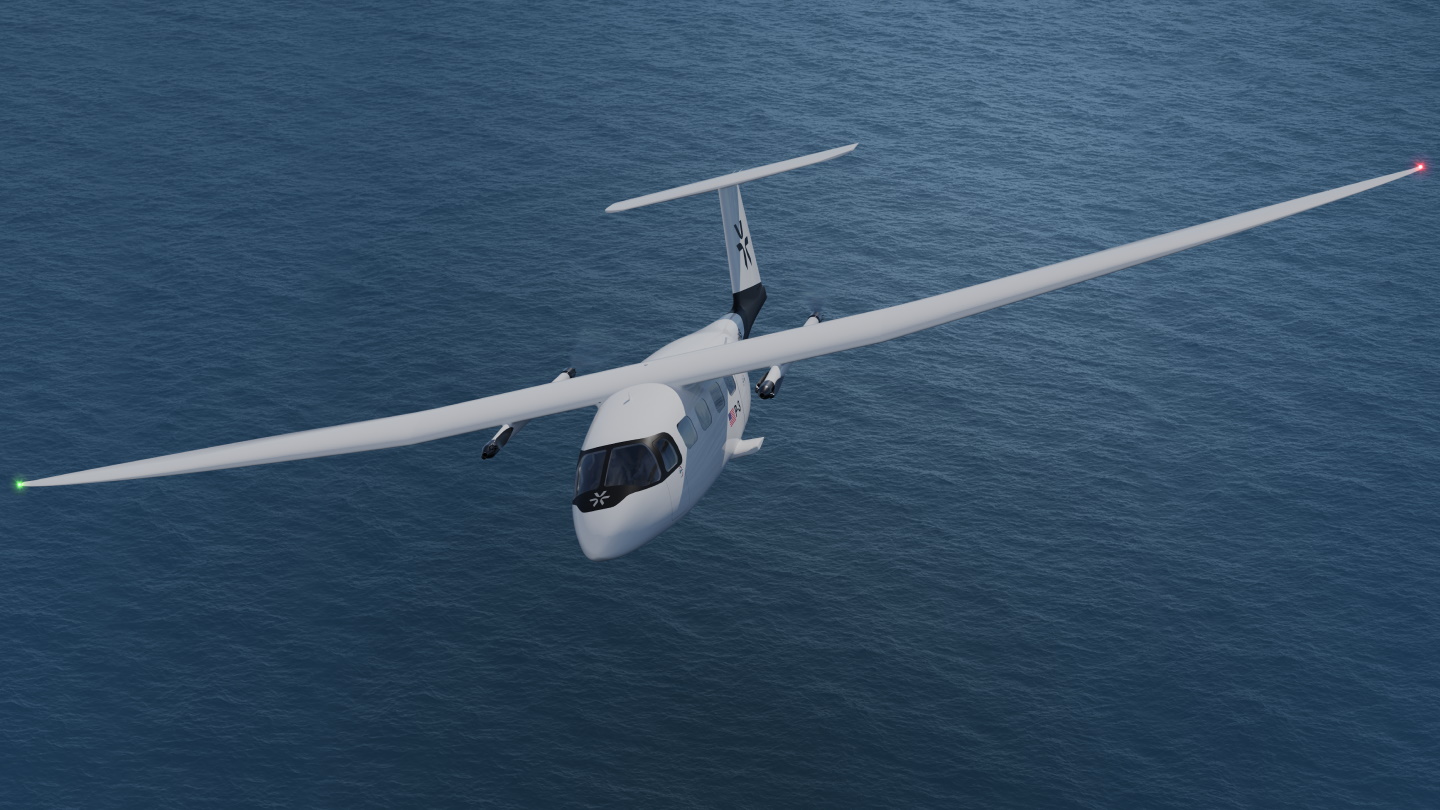Pyka appeared out of nowhere in 2019 with an unusual take on electric aircraft: a pilotless crop duster. The success of this first plane led the company to begin developing its next one, the P3: a 9-passenger craft with a totally unique propeller setup aimed at making regional flights cheaper and simpler. It could be flying as soon as next year.
The company also has a new president in Dan Grossman, formerly of Zipcar, Ford, and Maven. The transportation sector DNA he brings could help Pyka create the networks and partnerships it needs to get off the ground in local air travel.
The P3 is intended to fly up to 200 nautical miles (about 230 of our lubber miles) at 155 knots, in other words doing the kind of hour-ish hops people opt for instead of a long drive. Currently these routes are served by larger, more expensive aircraft that often fly half-full, making the economics a bit squirrelly. But by Pyka’s estimate its smaller, much less expensive to operate aircraft will allow for more full flights per day between regional hubs.
“It’s mostly places where driving 150 miles is unfeasible,” said founder and CEO Michael Norcia. “The amount of money people spend driving these regional routes, it’s a staggering amount — billions of dollars, and they’re not happy about it.”
Existing small craft flights are prohibitively expensive, but Norcia thinks the P3 will be able to match bulk airfare rates while offering many more flights per day and more destinations.
The aircraft itself looks quite conventional, until you look closely… are those propellers on the fronts and backs of the wings?
“It hasn’t been done before,” said Norcia. And it bears a brief explanation why.
Small planes like this need to change the pitch of their propellers from one configuration during takeoff and climbing to another during cruising, since a different angle is needed for each task. That means the whole engine has to tilt, which isn’t simple.
“In a normal aircraft, it makes sense to have this quite complex mechanism on your propeller in order to operate optimally over the whole range,” said Norcia. “Electric propulsion provides some opportunities to just massively simplify the aircraft. So all four of the propellers are fixed-pitch: the ones in front are pitched for takeoff and climb out, and the rear ones are for cruising.”
With a heavy, complex, expensive traditional engine, it would be silly to double the number just so you don’t have to tilt them during takeoff. But with light, simple, inexpensive electric engines, it makes perfect sense to do so, even if it looks unusual.
The front propellers are only active during take-off and climbing, and then the rear ones take over completely for cruise, and each folds away when not in use. It mechanically simplifies things — no heavy duty hinges and hydraulics — and in fact putting the prop back there seems to improve efficiency by about 10 percent, said Norcia. “It’s pretty cool,” he added. (And they’ve applied for a patent.)
The general size and shape of the P3 are familiar, however, and that’s not an accident.
“We’re starting clean sheet,” Norcia said, as the unconventional prop setup attests, “but the approach to this aircraft was talking to customers and regulators and finding out what they want. The answer was resoundingly a nine passenger plane.”
This is partly because of regulatory requirements: planes with certain burdens and passenger counts fall under a simpler, more permissive regulatory regime, as do airlines that fly with less than 19 seats. Therefore the simplest path forwards seems to be a 9-passenger plane that makes big progress on efficiency and affordability while not reinventing the wheel.
Further expediting its transition from twinkle in the eye to actual flying machine is starting the P3 out as an unmanned cargo vehicle, essentially a drone for medium-size payloads. There’s a limited market for this (unmanned small aircraft can’t fly ordinary overland cargo routes) but it’s a way to put the P3 in the air legally and get the ball rolling with regulators before aiming for the more important passenger plane certification.
The goal is to have P3 in the air by the end of 2022, which is an extremely aggressive timeline for a brand new aircraft. But Pyka has already shipped two aircraft, the prototype Egret crop dusting craft and the production Pelican version.
“We started the company because we think electric aviation will fundamentally change the way we move for the better,” said Norcia. “It’s unprecedented times for electric aircraft, but most are taking pre-orders for aircraft that may get certified some time in the next decade. We just shipped two Pelicans in the last three months.”
Grossman said that was a major factor in his choice to join the company and help it scale: “They’re shipping right now, and planning on shipping one plane a month next year. They’ve been incredibly efficient with the money they’ve made.”
Of course, launching a new aircraft is an expensive endeavor, and Norcia said that they are in the middle of raising a big round to fund production scaling and to fly a full-sized P3. If all goes well the passenger version could be in the air as soon as 2025.
Craft Aerospace’s novel take on VTOL aircraft could upend local air travel
With a reported deal in the wings for Joby Aviation, electric aircraft soars to $10B business
















